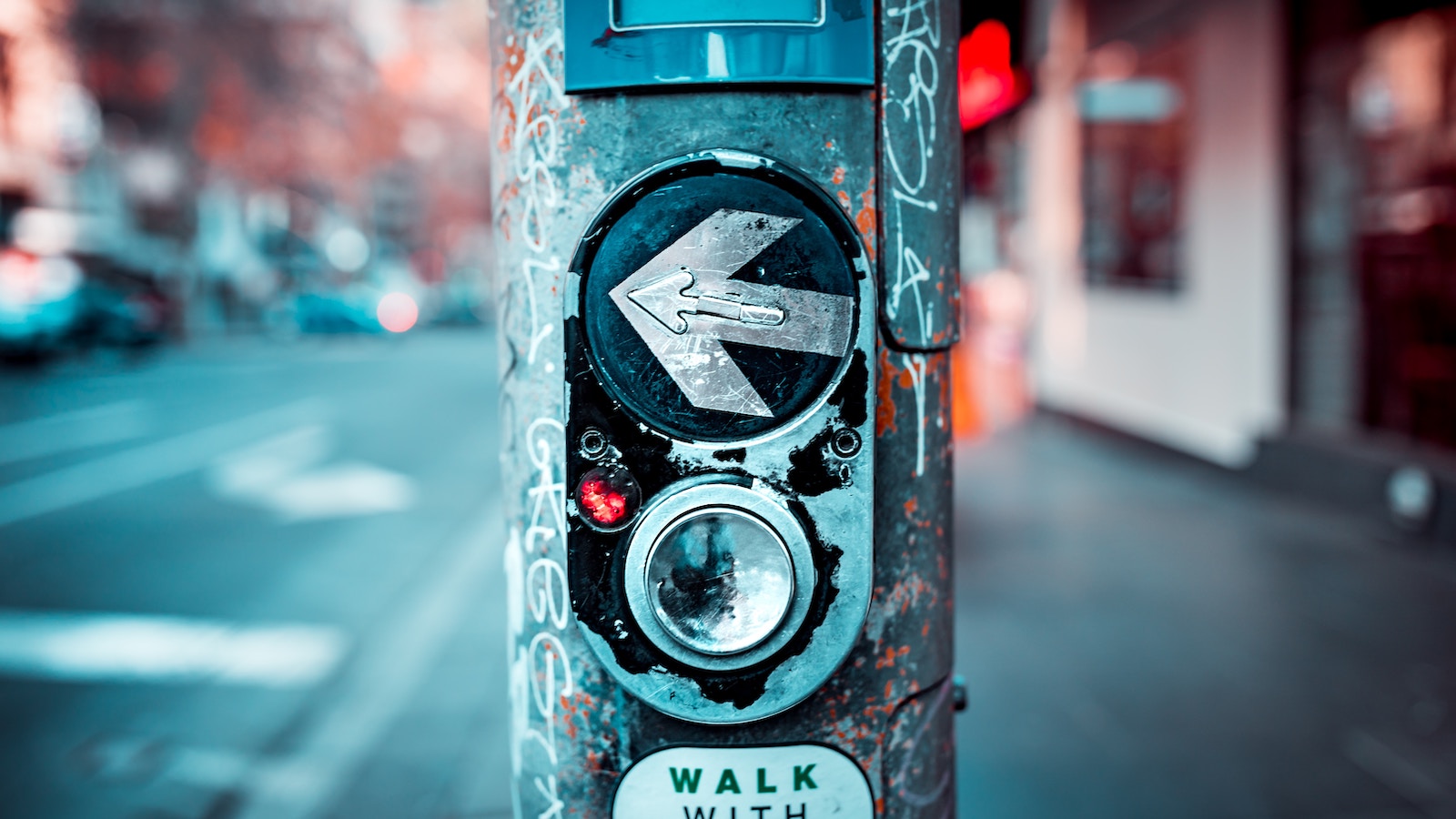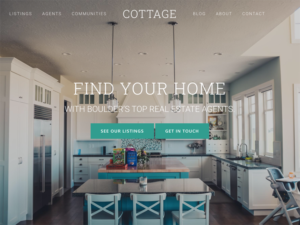The Call to Action on a landing page could easily be the most critical element present.
It’s at this point the visitor is made to decide whether to stay or fly away.
Optimizing call to actions can lead to much higher CTR and conversions. But with so much bad advice flying around it can be a bit hard to separate the chaff from the wheat.
In this post, I will attempt to clear the air around the subject and give the most practical actionable advice by showing you the characteristics that most high converting buttons share.
The Call to Action should be the obvious choice
CTA button optimization doesn’t begin with the button. Far from it. Buttons are merely a vehicle to carry out the intended action. The build-up towards the action starts much before that.
A well-tuned landing page is a primer to this process. And a page designer who knows his job must guide the visitor through the process.
At the end the CTA should culminate into a climax, transforming itself to the ultimate and obvious choice. So much so that the visitor can’t move past without clicking on it.
This isn’t the easiest achievable thing. You might first make mistakes and put out call to actions that are there just for the sake of being there. As you understand your customers better, gather feedback and cycle through many conversations that would change. When you gain more experience regarding what customers want the CTAs would evolve to something well-attuned to customers desires.
Employ urgency
You can never go wrong with urgency. There are only a handful of emotions that can launch us into action as much as the fear of missing out.
You’ve probably seen this type of approach on websites that run deals or limited time offers. Internet marketers are notorious for plugging each of their sales with a countdown timer.
According to Susan M Weinschenk, author of Neuro Web Design: What Makes Them Click “If there is a limited availability of something, we assume it is even more valuable, and we want it even more.”
This is the very reason why Apple fans don’t miss any launches and even resort to camping out in the open to the first few to get their hands on with the latest model as soon as it comes out of the oven.
Positioning the Call to Action
A lot has been debated on above the fold versus below the fold.
Most marketers imagine that the perfect spot for placing the CTA button and offer is right off the bat at the top so that it’s the first thing visitors see.
While the above “theory” may hold for hundreds of cases, it isn’t true for everyone.
In fact above or below the fold, placement has to do with the complexity of your offer.
Higher the complexity, more the explanation needed and lower should the CTA go. Don’t take this as a rule of thumb. Test and find which placement works better.
Content Verve wanted to see for itself which was the optimal placement.
To that end, they ran a test on a B2C landing page.
Variant one had the CTA at the bottom of a long landing page.

In the second variant, the CTA was placed at the top of the landing page- above the fold. Contrary to expected results the CTA at the bottom resulted in a 304% conversion lift.
A complex offer may require that the visitor reads and understands what’s on offer. He has to go through testimonials and examples prior to making a decision. That takes time and content and probably warrants a bottom of the fold placement.
Here’s the graph that shows you where to place your offer.
This should help you when choosing button placement

Use color and contrast to dictate the visual hierarchy of the button
Different emotions are attached to different colors.
Some choose red, some green, still others blue and the big orange on their CTAs.
In most cases, conversions aren’t about the color but about the difference, you can bring between the call to action and the rest of the content on the page.
If you go by case studies, then red is the color of choice.
Let’s understand the impact of colors from this case study by RIPT Apparel. RIPT Apparel tested color of their buy now button to see if it makes any difference to their bottom line.
Below you can see the original version:

Here’s the variant with the new button:

The conversions went up in the second variant with the green button.
So this should prove that green colored buttons are best for conversions.
No, not so soon.
If you observe the original image you will see that the buy now button blends in with the rest of the image.
It’s lost. And only a good hard look reveals it. Most visitors landing on the page simply missed the buy now button and this was the reason for low conversions.
The new button effectively brought itself to the front and center and invited clicks. In fa,ct, it could have been the first thing you noticed on the page
When they tested the button color once again and replaced it with yellow the conversions improved by 6.3%
According to Go-Globe, “53%% of websites lack a clear call-to-action button that takes users 3 seconds or less to see.
Lack of contrast is probably one reason why visitors miss seeing the call to action button.
That’s not to say that you can cut down on research.
The overall color scheme of the product needs to match the preconceptions and general interests of the target audience in mind.
A feminine color like pink shouldn’t be used when selling bikes or men’s products.
Such clear-cut boundaries may not exist in all niches but based on your research you should be able to find colors that are well accepted in a particular niche. The test these different colors and see for yourself which brings the highest lift in clicks.
Concluding thoughts
Finally, remember that call to Actions are buttons. They’re not text, hyperlinks, gifs or images. Don’t make it into anything other than a button.
The last thing you want is someone telling you is that it’s easy to do.
It’s not.
Even though there are zillions of case studies proclaiming a particular button, button size, color, shade of color or image as the only thing you need for the perfect CTA, that simply doesn’t exist. It’s an illusion that which you etch down on would reveal its truth.
You cannot simply hack around time and feedback. But reading a post like this and others will give you a general sense of how to base your conjectures on. You will discover specific ways to optimize elements on the page that will get you results.
A powerful CTA is within reach. You just have to work towards it.
 George started ThinkingNE to share the latest cutting-edge advice on conversion rate optimization and digital marketing.
George started ThinkingNE to share the latest cutting-edge advice on conversion rate optimization and digital marketing.




